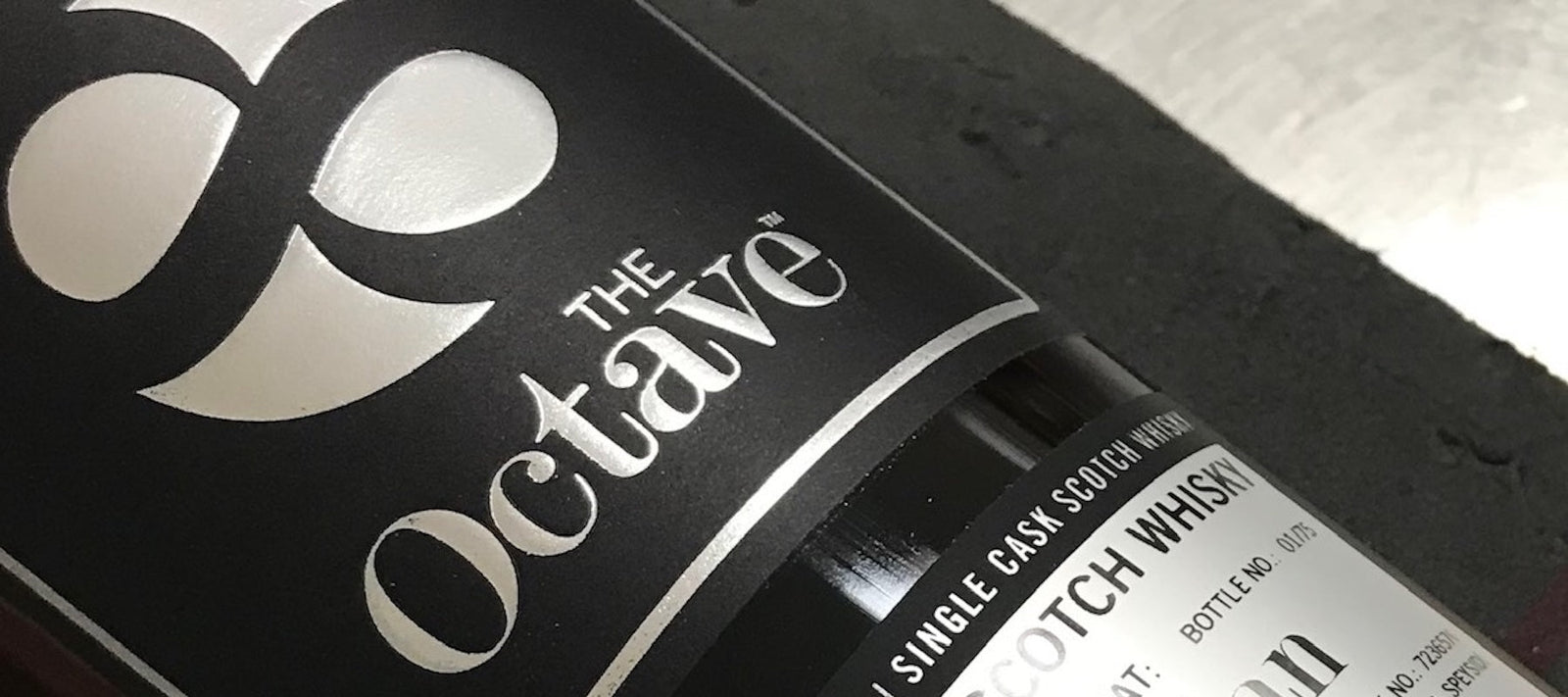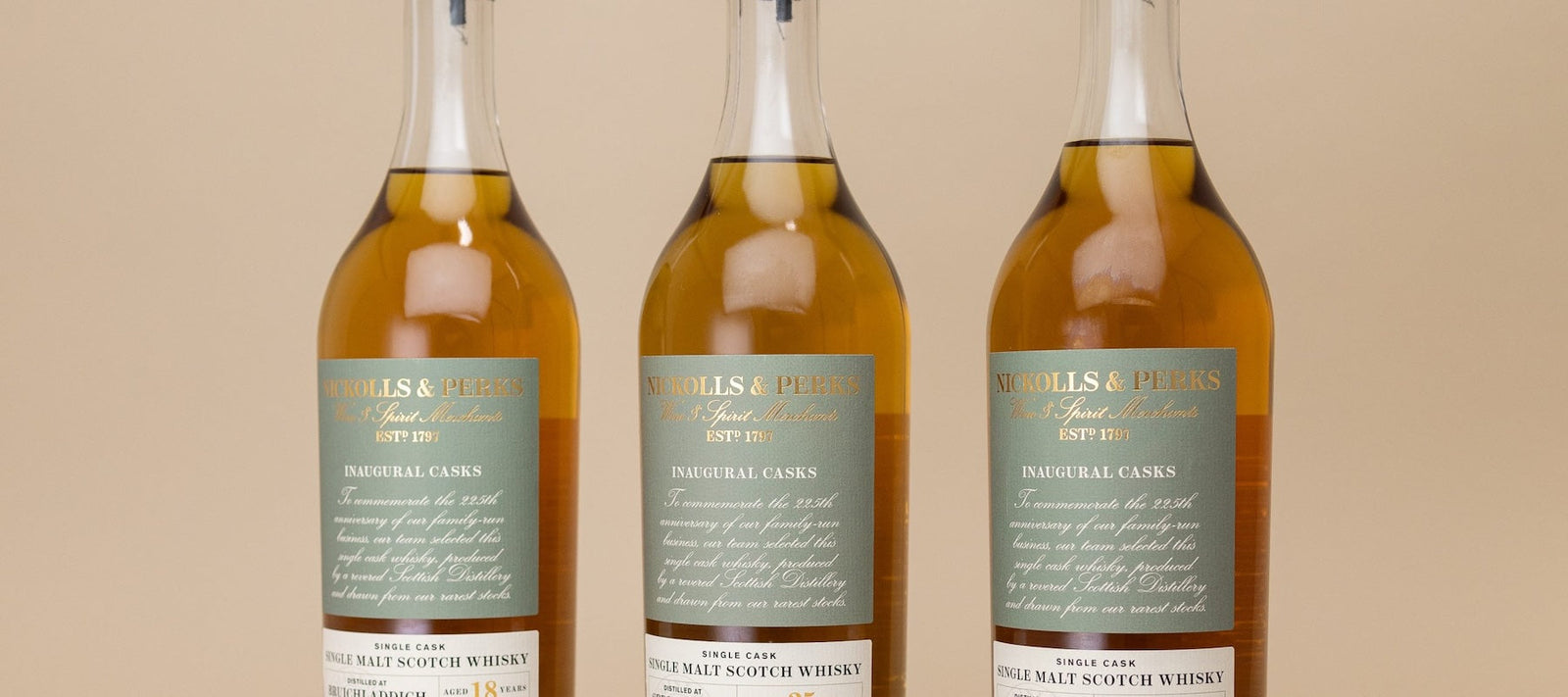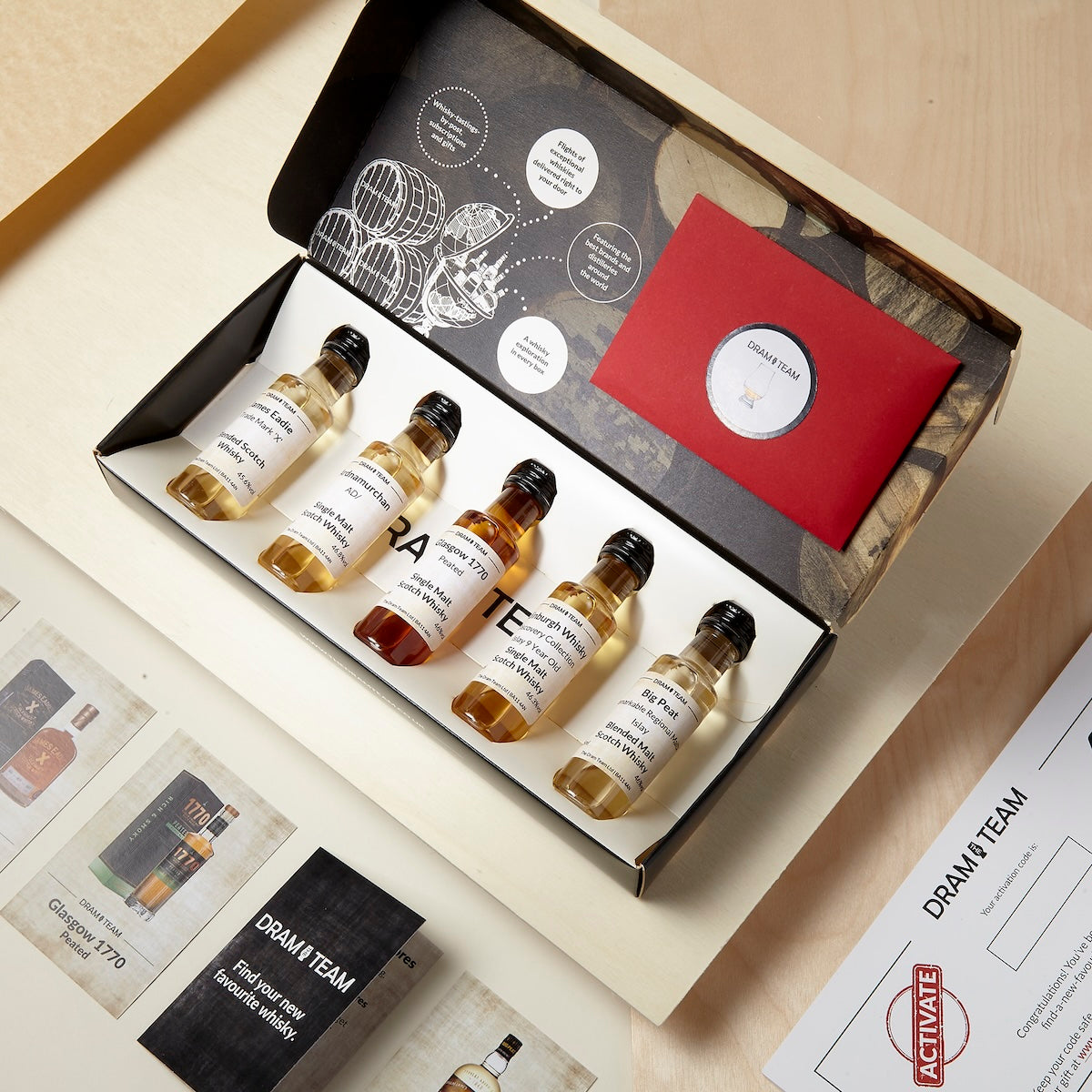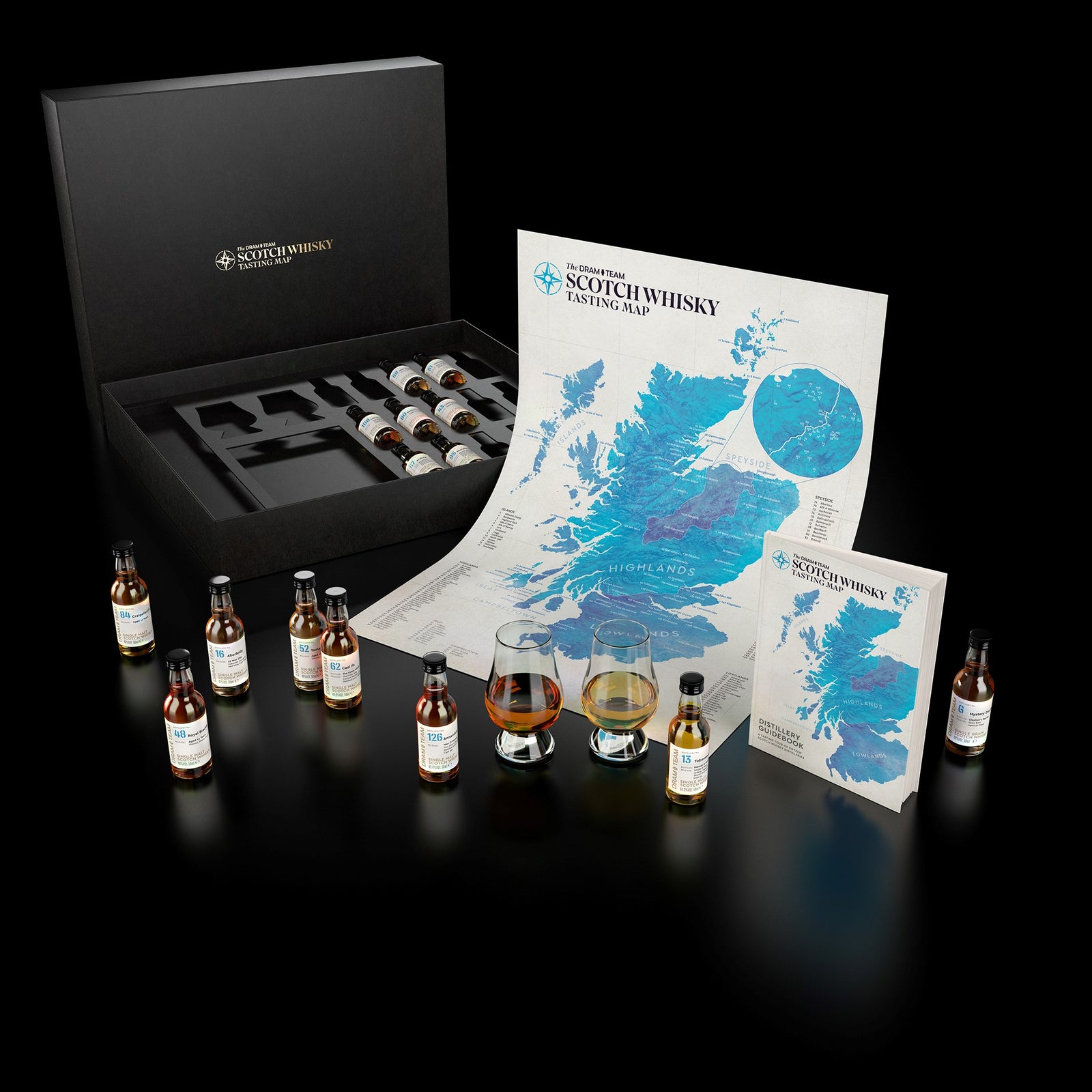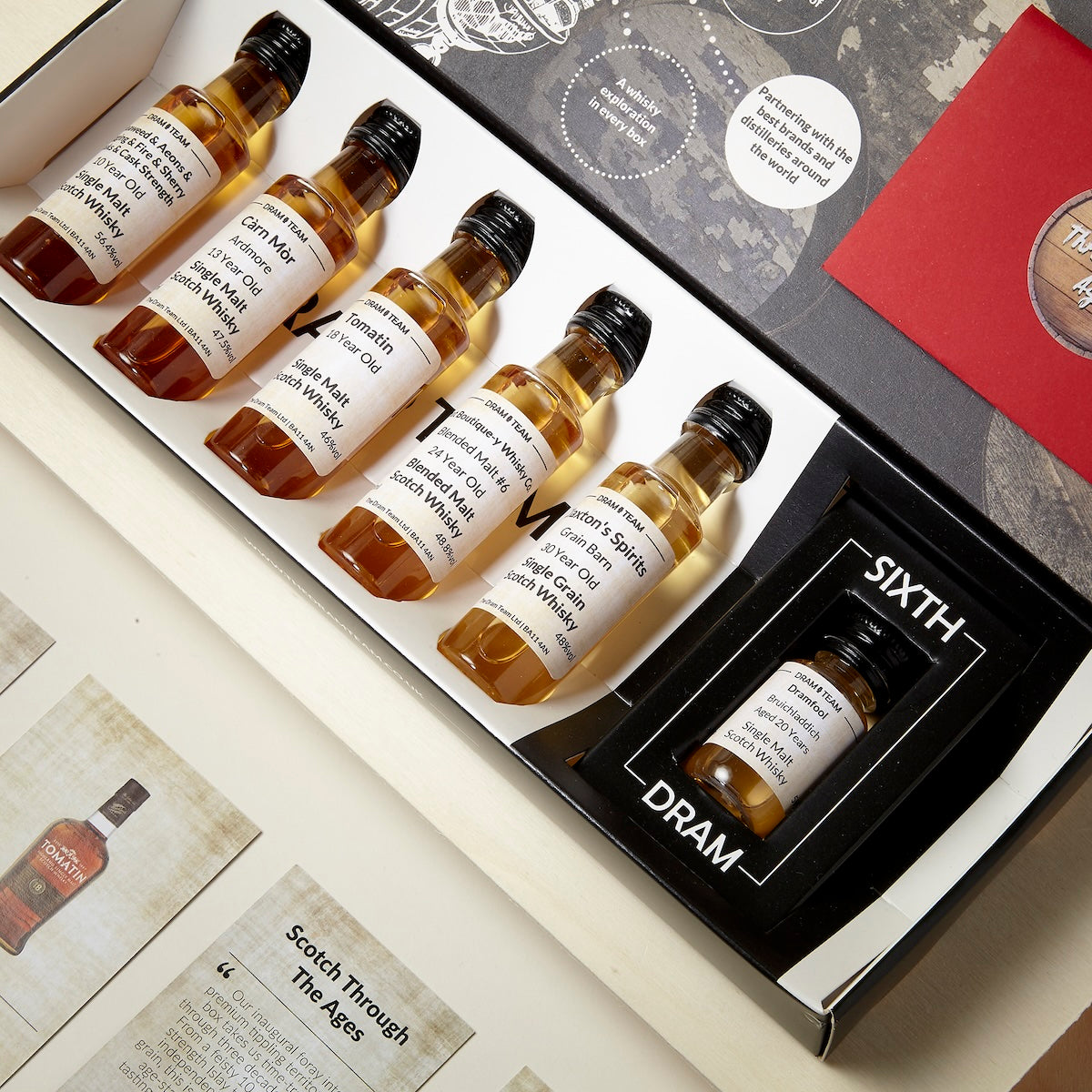Hello Dram Teamers, and welcome back to our series on how whisky is made! In this blog, we're looking at rye whiskey.
Today we’ll be taking a look at the most pun-friendly of whiskeys, rye (long time members will know that we love a good whisky pun).
Both a category of whisky and an ingredient, rye is going through somewhat of a resurgence (or a rye-naissance?). A lot of Scotch fans might also be fans of rye, being generally drier and more complex than a sweeter bourbon. But what exactly is rye whiskey? And why should you try it, if you haven’t already?
Our first ever Shiny Edition (a super collectible and extremely limited) whisky tasting box celebrates six amazing rye whiskeys you need to taste.
What is rye whiskey?

Well, firstly that depends on where the whisky (or whiskey) is made. Most commonly associated with North America, ryes made in the United States must contain a minimum of 51% rye grain in the mashbill. A “mashbill” is the recipe of grains that get mixed together and fermented before being distilled into spirit. Read more about how American whiskeys are made here.
By contrast, Scotland has no specific ruling on rye whisky production. However, the pioneering handful of distilleries that are making Scottish rye are trying to ensure it stays within strict Scotch whisky regulations. Most interestingly, Canadian whiskies have long been referred to as simply rye - if you order a “rye and dry” at the bar, you’ll get whisky and ginger ale - even though technically it need not contain any rye grain at all.
Distilling Rye Whiskey
Rye as a grain is very dense and tricky to ferment, so it’s often used in combination with other easier going grains like corn or malted barley. Flavour-wise, rye brings dry spiciness to a whisky, with characteristic dark chocolate, coffee, and baking spice notes. Corn, the main ingredient in bourbon, is by contrast very sweet and mellow. If used alone, rye needs a kick-start to get it fermenting. Distillers making very high rye content whiskeys might add a tiny amount of malted rye or a commercial enzyme to get it going. During fermentation, rye gets very sticky and clumpy thanks to the high starch content, but using other grains helps keep things running smoothly. This is why a lot of rye whiskies contain grains other than rye in the mix.
As people get used to the spicy intensity of rye whiskey, whiskies made from a much higher base of rye are becoming more and more popular. Some ryes on the market now boast 100% rye recipes. Whistlepig, who featured as our 6th dram in 2020's Worldwide Whiskies tasting box, often release 100% rye whiskeys and have made a feature out of their commitment to the rye grain. Some distillers have also taken a very Scotch single malt approach to their ryes. They've been experimenting with malting and smoking the rye grain before fermenting it. Cherrywood- and applewood-smoked ryes have been released by several craft distilleries, and one or two have even used peat smoke! Malting is basically the same process that malting barley goes through in single malt production, but it’s just as useful in rye and creates a rich sweetness in the whisky.
Did you know ...
- Rye is very hardy, and grows where lots of other crops wouldn’t. It can tolerate freezing temperatures, rocky ground, and is also used in crop rotation with other grains to control the spread of weeds. Rye also fixes nutrients into the soil and prevents soil erosion, making it useful in sustainable agriculture.
- It’s very susceptible to a poisonous fungus called ergot, which produces hallucinogenic compounds. Some historians have blamed it for the accusations of bewitchment that led to the Salem witch trials. But don’t worry, thanks to modern agricultural methods, ergot is extremely unlikely to affect rye crops these days.
- There’s a mega distillery in Indiana called MGP that produces a lot of rye whiskey (among other spirits). They’re extremely efficient at it, and quite a lot of brands on the market today source their whiskey from here. Be sure to check the label to see where your rye whiskey really comes from!
Rye Whiskey You Should Try

Here are a few rye whiskeys we think you should try right now.
Pikesville 6 Year Old 110 Proof
Pikesville’s ryes are fabulous examples of what a great rye whiskey can be. The slightly lesser known sibling of Rittenhouse Rye, both hail from renowned whisky-makers Heaven Hill Distillery. This 6-year-old rye is bursting with fruit and refined spice, with hints of liquorice and cocoa.
Master of Malt, £71.95
F.E.W. Spirits Rye
Illinois-based F.E.W. Spirits are known for their craft approach to great whiskey, being a fully grain-to-glass operation. They use a red wine yeast for their rye, which gives the whiskey a unique stone fruit characteristic, alongside soft baking spices and rich caramel.
Amazon, £48.50
Sazerac Rye
Stunningly packaged, Sazerac Rye is so named for the original Sazerac Coffee House in New Orleans, birthplace of the (you guessed it) Sazerac cocktail. The liquid inside is equally stunning, full of dark chocolate and leather, with touches of allspice, honey and cola rounding out the long finish.
Master of Malt, £38.25
Jack Daniel’s Single Barrel Rye
Tennessee whisky behemoth Jack Daniel’s added a new mashbill to their core range for the first time in 150 years, with the creation of their rye. It’s a refined and elegant take, great for fans of the range that want to try something new. Each batch will vary slightly, but expect lots of punchy spice, toffee-sweetness, and hints of oak and black pepper, alongside characteristic Jack Daniel’s fruitiness.
Amazon, £49.99
Kyrö Finnish Single Malt Rye
The only non-American whiskey to make this list hails from a land that is actually the second-largest producer of rye grain on the planet: Finland. This whisky is intriguing for being a rare 100% malted rye whisky. The complexity of flavour is wonderful, chock-full of rich buttery rye bread surrounded by honey, marmalade and orchard fruits, plus typical black pepper spiciness. Be aware: this is a very limited pre-release, so grab it while you can, as we don’t have a main release date yet.
The Whisky Exchange, £61.95
Try Some Rye Whisky
If you liked learning about rye, you might also enjoy reading about how other grain whiskies are made.
We regularly feature interesting and unique whiskies in our whisky tasting boxes. Each month we sent our members 6 fantastic whiskies to their houses.
So, if you like whisky, join the club!
We also write regular emails to our members, which is the best way to stay informed on upcoming subscription boxes, plus loads of other must-read whisky info. You can get on the list by signing up here.


